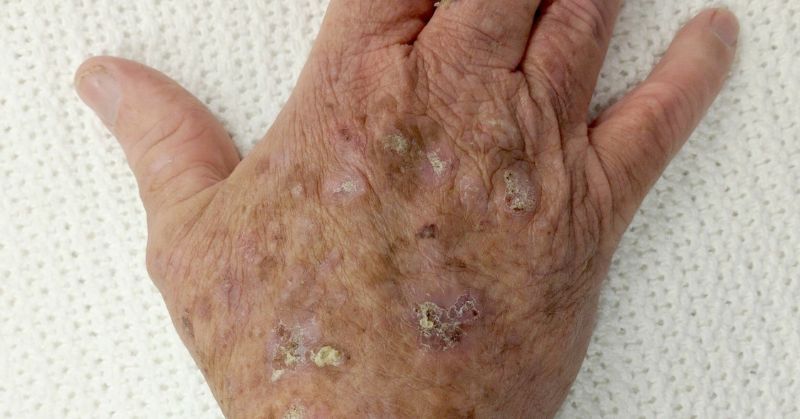Keratosis is a common skin condition that involves the overproduction of keratin, a key protein found in the skin, hair, and nails. This buildup leads to the formation of rough, scaly, or thickened patches on the skin. While most forms of keratosis are harmless, some types can be a warning sign of precancerous changes and should not be ignored.
There are several types of keratosis, each with its own characteristics and implications:
This is a benign (non-cancerous) skin growth that appears as a brown, black, or tan spot. It often looks waxy or wart-like and can occur anywhere on the body. Seborrheic keratoses are very common in older adults and tend to increase with age. They are harmless and usually do not require treatment unless they become irritated or unsightly.
This type is considered precancerous. It usually appears as rough, dry, or scaly patches on areas of the skin that receive a lot of sun exposure, such as the face, ears, scalp, hands, and forearms. Actinic keratoses are caused by long-term exposure to ultraviolet (UV) radiation and have the potential to develop into squamous cell carcinoma if left untreated.
